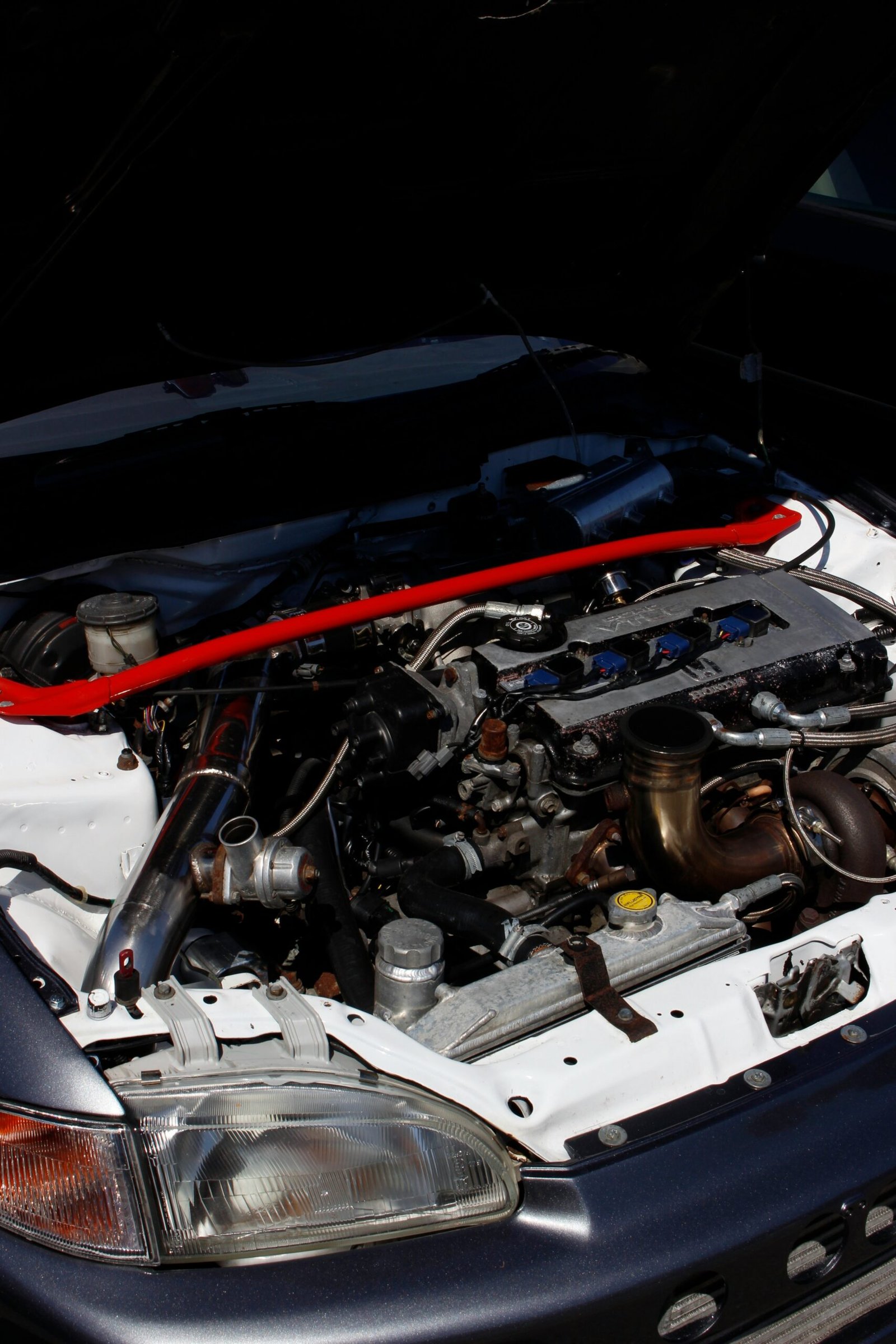Understanding Different Types of Motorcycles
Choosing the right motorcycle for your first purchase involves understanding the diverse categories available, each designed with specific purposes and riding styles in mind. Primarily, motorcycles can be classified into four major types: cruisers, sportbikes, touring bikes, and dual-sport motorcycles.
Cruisers are known for their relaxed riding stance and long-distance comfort. Featuring a lower seat height and an extended wheelbase, cruisers are ideal for leisurely rides and are often preferred for their classic styling and ease of handling at moderate speeds. However, their heavier weight can make them less suitable for fast maneuvers and high-speed performance.
Sportbikes, on the other hand, are built for speed and agility. With a more aggressive riding position, high-performance engines, and advanced suspension systems, sportbikes excel in delivering thrilling rides on twisty roads and racetracks. While they offer unmatched performance, their ergonomics can be demanding over long distances, potentially causing rider fatigue.
Touring bikes are engineered for long-distance travel, providing maximum comfort and storage capacity. Equipped with larger fuel tanks, advanced navigation systems, and plush seating, touring motorcycles are perfect for cross-country adventures. However, their substantial weight and size can make them cumbersome in urban settings and for less experienced riders.
Dual-sport motorcycles offer a versatile blend of on-road and off-road capabilities. These bikes are designed to handle various terrains, featuring taller seat heights and robust suspension systems. Dual-sport motorcycles are ideal for riders who seek adventure both on paved roads and rugged trails. The trade-off for their versatility is a compromise in comfort and performance on either terrain compared to specialized bikes.
Additional considerations include engine sizes, weight, and ergonomics. Smaller engines are generally more manageable for beginners, while larger engines offer more power but can be intimidating. The weight of the motorcycle affects handling and stability, with lighter bikes being easier to maneuver. Ergonomics, including seat height and handlebar position, play a crucial role in rider comfort and control.
Understanding these factors and aligning them with your riding preferences and lifestyle will help you make an informed decision when purchasing your first motorcycle.
Essential Gear and Safety Measures
When embarking on your first motorcycle purchase, prioritizing safety is paramount. Investing in the right gear is essential to protect yourself from potential hazards on the road. The most crucial piece of equipment is the helmet. A high-quality, DOT-approved helmet can significantly reduce the risk of head injuries in the event of an accident. Ensure that your helmet fits snugly and is comfortable, as you will be wearing it frequently.
Next, consider purchasing a sturdy pair of gloves. Motorcycle gloves not only protect your hands from abrasions and impacts but also provide better grip and control over your bike. Look for gloves with reinforced knuckles and palm areas to enhance protection.
A motorcycle jacket is another indispensable item. Opt for jackets made from abrasion-resistant materials like leather or advanced textiles. These jackets often come with built-in armor at critical points such as the elbows, shoulders, and back, providing an additional layer of protection.
Equally important are motorcycle-specific pants. Regular jeans may not offer adequate protection, so invest in pants designed with reinforced materials and padding in key areas. These pants can help minimize injuries during a fall or slide.
Lastly, don’t overlook the importance of proper footwear. Motorcycle boots are designed to protect your feet and ankles. They typically feature non-slip soles, reinforced toe and heel areas, and are made from durable materials to withstand the rigors of riding.
Beyond gear, other safety measures are crucial. Enroll in a certified motorcycle safety course to learn essential riding skills and techniques. These courses provide invaluable hands-on experience and help you understand how to handle various road conditions. Additionally, familiarize yourself with local traffic laws to ensure you’re riding within legal parameters.
Practicing defensive riding is also vital. Always be aware of your surroundings, anticipate other drivers’ actions, and maintain a safe distance. By combining the right gear with proper training and vigilant riding habits, you can significantly reduce the risk of accidents and injuries on the road.

